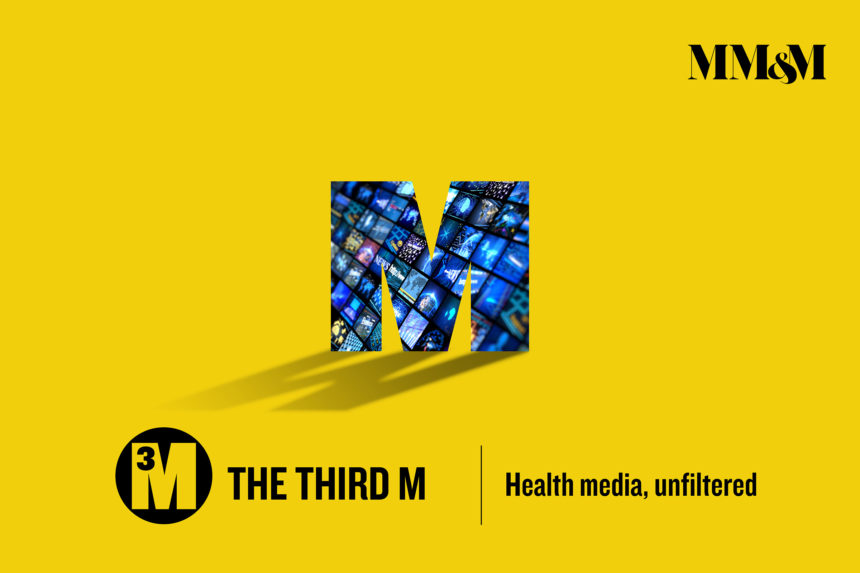WebMD chief medical officer Dr. John Whyte continues to see patients on a regular basis – which is how, as the new coronavirus started to spread, he came across the theory that it is contracted by consuming bat soup.
“The person saw something online about coronavirus and bat soup,” he recalled. “Somebody else said, ‘Oh, the virus can’t survive in the heat,’ based on something they read. Somebody else came in wearing an inside-out mask… When I asked if they wanted a flu shot, they said no.”
But while physicians and ER clinicians are grappling with the inevitable influx of nervous would-be patients, health publishers and broadcasters have largely hit the brakes on the hype. In what basically amounts to a perfect storm for health-related hysteria – a mysterious virus with no known cure that presents with common symptoms like fever and cough – media organizations have provided accurate information in a sober, straightforward manner. And in doing so, they have called needed attention to any number of related concerns: the benefits of good sanitary behavior, the increasing importance of health literacy and the keen need for more and faster development of antibiotics.
“When information comes out that pertains to an epidemic, the natural instinct is to have that knee-jerk reaction and really lean in to the scare,” says Dr. E Hanh Le, senior director, medical affairs at Healthline Media. “The message that can come out here is that you should not only care about this when there’s potential for a pandemic. You need to care about this all the time.”
Whyte agrees, adding, “You can take the raised awareness of a potential health emergency and dial it back to, ‘This is how you reduce the risk of regular flu.’ You can point out that there’s no data that supports taking certain supplements to improve your immune system or that antivirals make no sense at this point in time.”
Such messaging and reporting stand in stark contrast with coverage of the 2015 MERS outbreak and the 2003 outbreak of SARS. Both took place in different media environments, but in each instance, mainstream and health-specific media outlets led with what today would be characterized as pharmaceutical-grade clickbait.
Contrast the alarmist tone of those covers with WebMD’s or Healthline’s ongoing (and oft-updated) coverage of the current coronavirus, which tempers statistics about the number of infections with needed, and in most cases fear-mitigating, context. These and other publishers have also relied on search data to inform their coverage choices – witness WebMD weighing in on the protection afforded by face masks during any such health scare.
Yes, one would expect venerable health-first publishers not to overplay the worst-case scenarios. But most mainstream outlets have similarly declined to sound an alarmist tone. If there have been any “Coronavirus kills 15 – we’ll tell you where after ‘Chicago Fire!’” teases for local newscasts, well, they haven’t made their way to social media.
Which isn’t to say that social media has been anyone’s idea of a go-to channel for accurate and up-to-date information. CMI/Compas VP, social media Julie Hurvitz Aliaga notes that social-listening tools pick up the good and the bad. “You’ll find stories of people talking about things you know are not coronavirus, but in their mind they have it,” she said.
At the same time, Aliaga believes the media and the larger healthcare industry alike have done a fine job of “getting ahead of it earlier. Whether it’s something like this or it’s the flu, these things happen every season. You’re seeing people have content – fact sheets that are printable for doctors’ offices, prepared social-media posts – that allows them to [debunk] the outlandish tales.” See under: the notion that Corona beer is somehow involved.
In all likelihood, the coronavirus crisis will likely get worse before it gets better. Many health experts believe China is deliberately underreporting the number of cases and deaths associated with the coronavirus (as of Sunday night, the official figures sat at more than 17,000 and 361, respectively). Too, for all the high marks given to governments and health officials, especially for the proactive manner in which they deployed disease surveillance systems, a vaccine is by the most ambitious estimates at least 12 months away.
So it will continue to fall on health media to alternately inform, educate, soothe and deescalate. “We really need to keep thinking through how we do our jobs in an environment, like this one, where there can be misinformation,” Whyte said. “If I talk about bat soup, versus ‘be sure to wash your hands,’ what’s going to get more traffic? We need to do more to elevate credible information, even if it sometimes is boring.”








